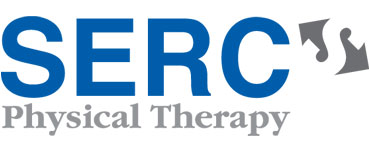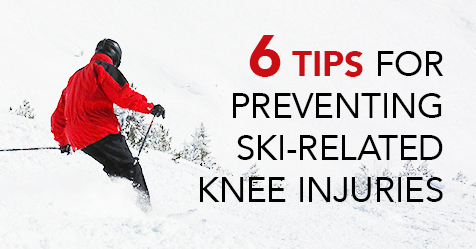Preventing Ski-Related Knee Injuries
Mar 9By Christopher Ferlo, PT, Center Manager at Milford Center
More than half of skiing injuries involve the lower extremity, with more than 30 percent of injuries directly related to the knee. While the introduction of bindings that release has nearly eliminated skiing-related leg fractures in the past 30 years, MCL sprains, ACL sprains and meniscal cartilage tears remain common.
MCL sprains are more common in beginner and intermediate skiers, mostly because of poor technique. ACL injuries typically result from:
- Landing a jump with poor form, such as with weight back on heels and back of the boot pressed against calf.
- “Phantom foot” phenomenon caused by the tail end of the downhill ski acts like an unnatural foot pointing backwards, thereby facilitating the twisting and tearing of ligaments.
6 tips for reducing and preventing ski-related knee injuries:
- Take lessons from a professional instructor in order to maintain a proper, effective skiing technique.
- Have your bindings set correctly and use the correct skis for your ability, height and weight.
- Warm up with dynamic activities for at least five minutes. Take a few easy and slow ski runs to complete a warm-up.
- Follow all posted safety rules. Ski on trails that suit your ability and fitness level.
- Hydrate
- Take rests, as injuries are more common with fatigue.
From a physical therapist’s perspective, body preparation is essential to preventing ski-related knee injuries. Body preparation can be achieved through cardiovascular fitness, range of motion and flexibility exercises, ski-specific exercises, balance and proprioception exercises, dynamic functional movements and core-strengthening exercises. Physical therapy is a good option for learning about and treating ski-related knee injuries, including training and exercises specific for returning to full participation in the sport.
Although all ski-related injuries cannot be avoided, many can be prevented through proper training, conditioning and preparation. If a knee injury is suspected, seek immediate medical advice and treatment.

